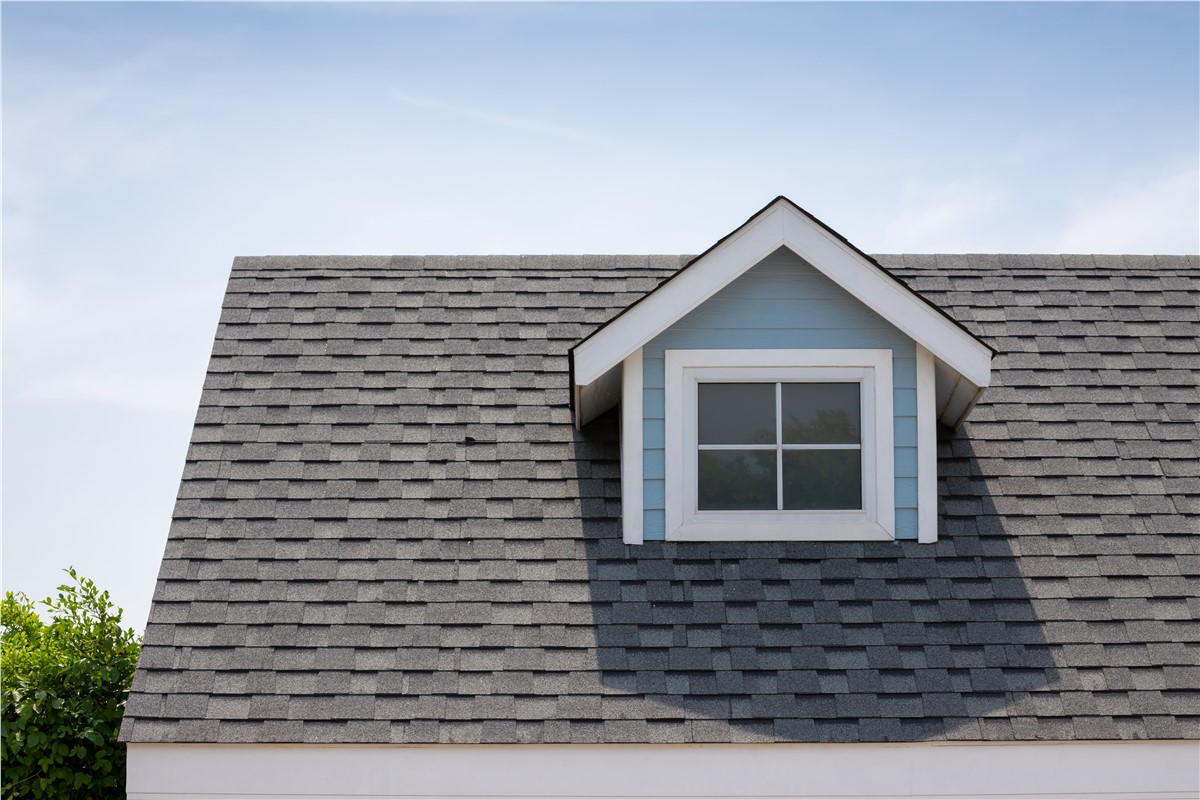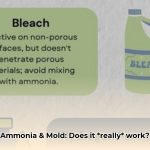Got a flat roof and considering asphalt shingles? This comprehensive guide dives into the complexities of using asphalt shingles on flat and low-slope roofs, offering expert advice to help you make informed decisions about your roofing project. We’ll explore the potential pitfalls, discuss viable alternatives, and provide practical tips for maximizing roof lifespan and performance.
Why Shingles and Flat Roofs Don’t Mix
Asphalt shingles and perfectly flat roofs are a problematic combination. Shingles rely on gravity to shed water, functioning like a series of miniature water slides. Flat roofs lack the necessary slope, causing water to pool and leading to premature shingle deterioration. This prolonged exposure to moisture can cause shingles to curl, crack, lose their protective granules, and ultimately leak, potentially voiding manufacturer warranties. Think of it like leaving a wet towel on your bed – it’s a recipe for mildew and problems. RoofCrafters echoes this sentiment, emphasizing that shingles, designed for pitched roofs, may not effectively divert water on flat surfaces.
Can Shingles Ever Work on a Flat Roof?
While generally not recommended, asphalt shingles might be feasible on low-slope roofs (those with a slight incline) under specific circumstances. This requires careful assessment by a qualified roofing professional, considering factors like roof slope, underlying structure, and local climate. Bill Ragan Roofing Company discusses these challenges in detail, highlighting potential issues and the need for informed decisions. Even on low-slope roofs, specialized techniques, including robust underlayment and meticulous sealing, are necessary, and the shingle lifespan is still likely to be shorter than on a pitched roof.
Minimizing Risks on Low-Slope Roofs
If, after understanding the risks, you still consider asphalt shingles for a low-slope roof, these steps can help mitigate potential issues:
- Professional Inspection: A qualified roofer is essential to assess viability and recommend the best course of action. They can evaluate factors specific to your roof, including pitch, structure, and local climatic conditions.
- Specialized Underlayment: Opt for a high-quality underlayment designed for low-slope applications, providing an extra layer of protection against moisture.
- Thorough Sealing: Apply generous amounts of high-quality sealant at every shingle overlap and around penetrations like vents or chimneys to prevent water intrusion.
- Increased Overlap: Overlapping shingles more than usual offers additional protection, although this requires more materials.
- Regular Maintenance: Frequent inspections, cleaning, and prompt repairs are essential to address any signs of damage, like cracks, curling, or granule loss, and prolong the roof’s lifespan.
Need to install a back to back electrical box for switch receptacle? Ensure optimal energy efficiency in your home by also considering the benefits of proper batt insulation for superior thermal performance.
Superior Alternatives for Flat Roofs
For truly flat roofs, purpose-built materials are far superior to asphalt shingles. These offer enhanced durability, waterproofing, and longevity. Here’s a comparison:
| Material | Description | Pros | Cons | Typical Lifespan |
|---|---|---|---|---|
| Modified Bitumen | Rolled roofing material, multiple layers with asphalt and polymers | Excellent waterproofing, very durable, conforms to complex shapes | Higher initial cost, requires professional installation | 15-20+ years |
| TPO (Thermoplastic Polyolefin) | Single-ply reflective membrane | Durable, cost-effective, energy-efficient, UV and puncture resistant | Seams can be vulnerable if not properly installed | 15-25+ years |
| EPDM (Ethylene Propylene Diene Monomer) | Durable synthetic rubber membrane | Weather-resistant, UV-resistant, relatively inexpensive, flexible | Susceptible to punctures, may require periodic cleaning | 15-20+ years |
| PVC (Polyvinyl Chloride) | Strong and flexible thermoplastic membrane | Extremely long-lasting, resistant to chemicals and fire, highly durable | Most expensive option | 20-30+ years |
These materials provide seamless, waterproof barriers, unlike the overlapping, more vulnerable nature of asphalt shingles. While the initial investment might be higher, the long-term benefits, including reduced maintenance and extended lifespan, often outweigh the upfront costs. Ongoing research suggests that advancements in material science might significantly improve flat roofing performance in the coming years.
Choosing the Right Path for Your Flat Roof
Asphalt shingles are generally unsuitable for flat roofs. While they might work on low-slope roofs with modifications, their lifespan is significantly reduced. Dedicated flat roofing materials like TPO, EPDM, PVC, and modified bitumen are engineered to handle the challenges of flat surfaces and offer superior long-term performance. Consulting with a qualified roofing professional is crucial for assessing your specific needs, considering factors like local climate and budget, and ensuring proper installation, regardless of the chosen material. Remember, a sound roof protects your investment and provides peace of mind.
- Does 100% Polyester Shrink? A Complete Guide to Washing & Drying - April 16, 2025
- Elegant Drapery Solutions for Arched Windows: A Complete Guide - April 16, 2025
- The Best Dining Room Tables with Drop Leaves: A Buyer’s Guide - April 16, 2025










